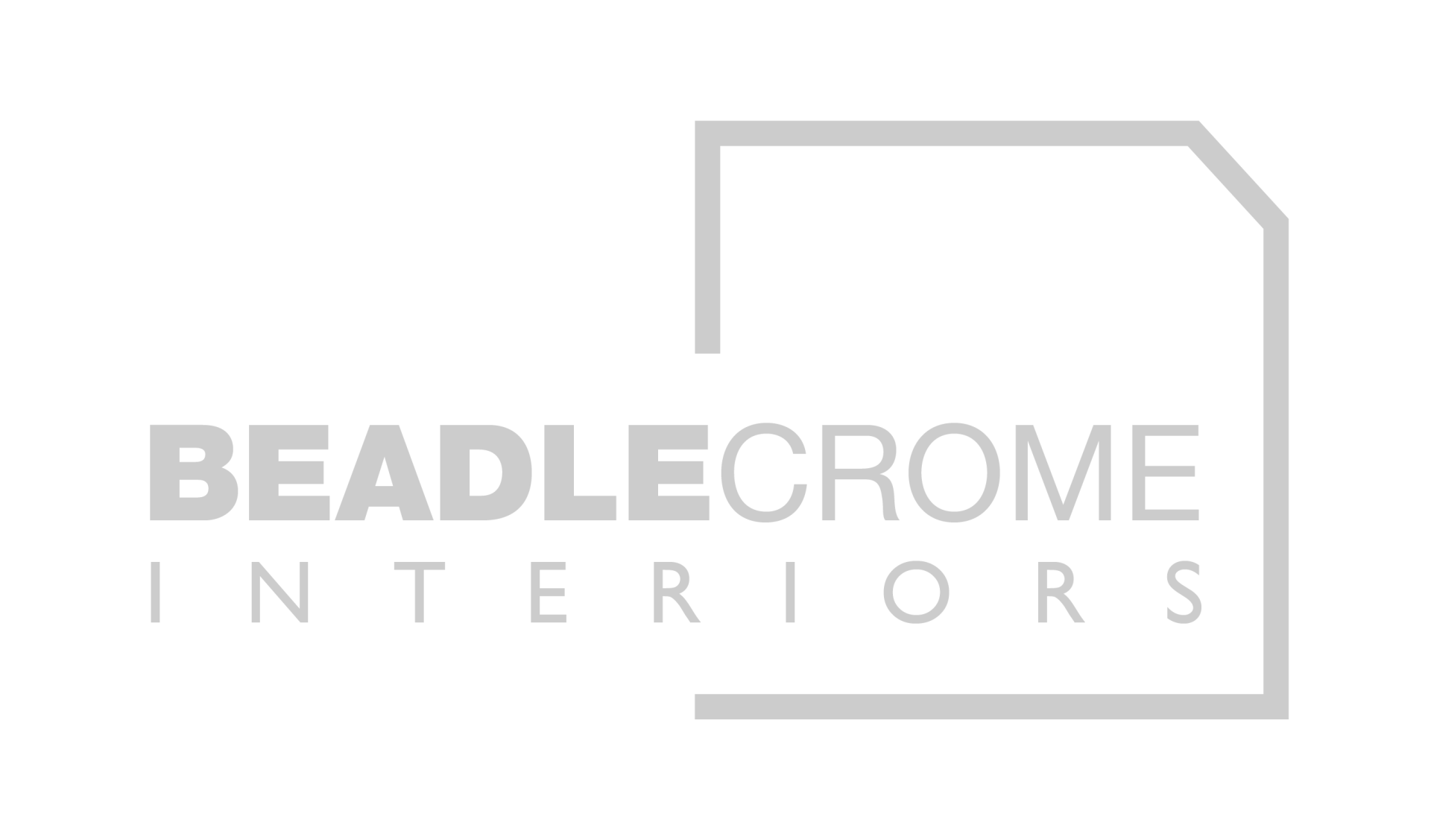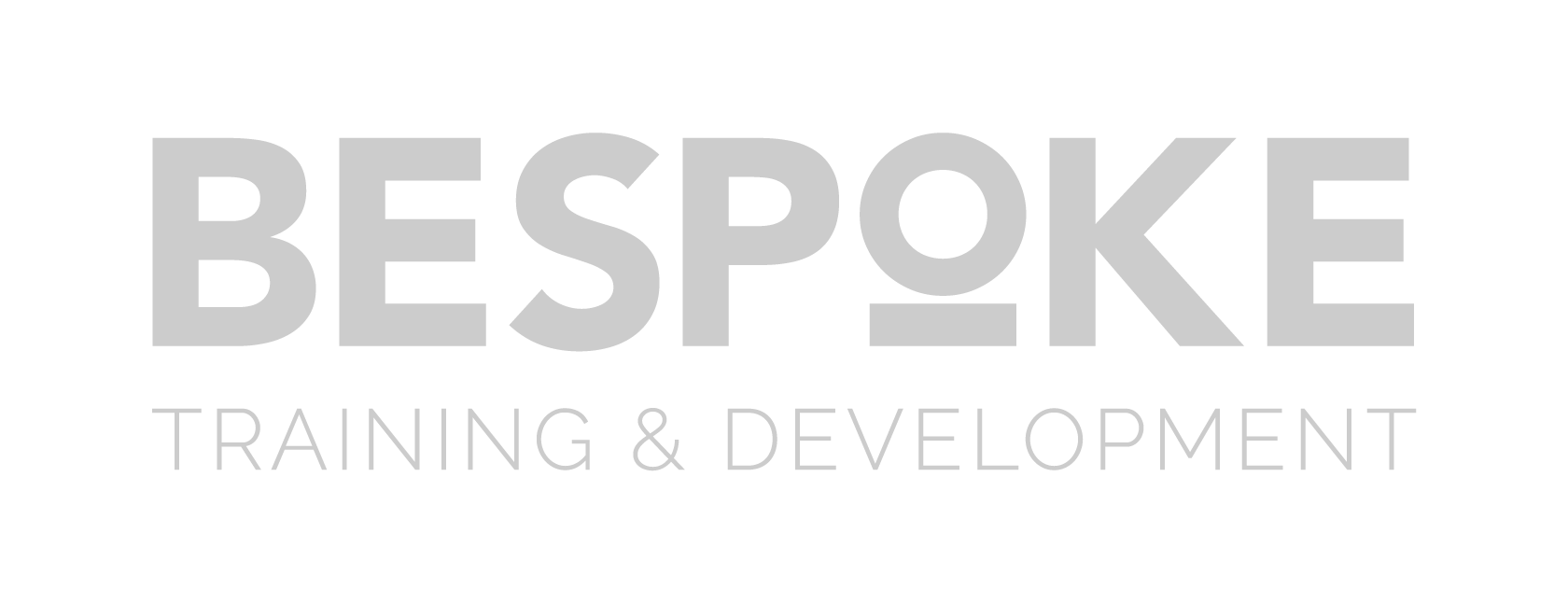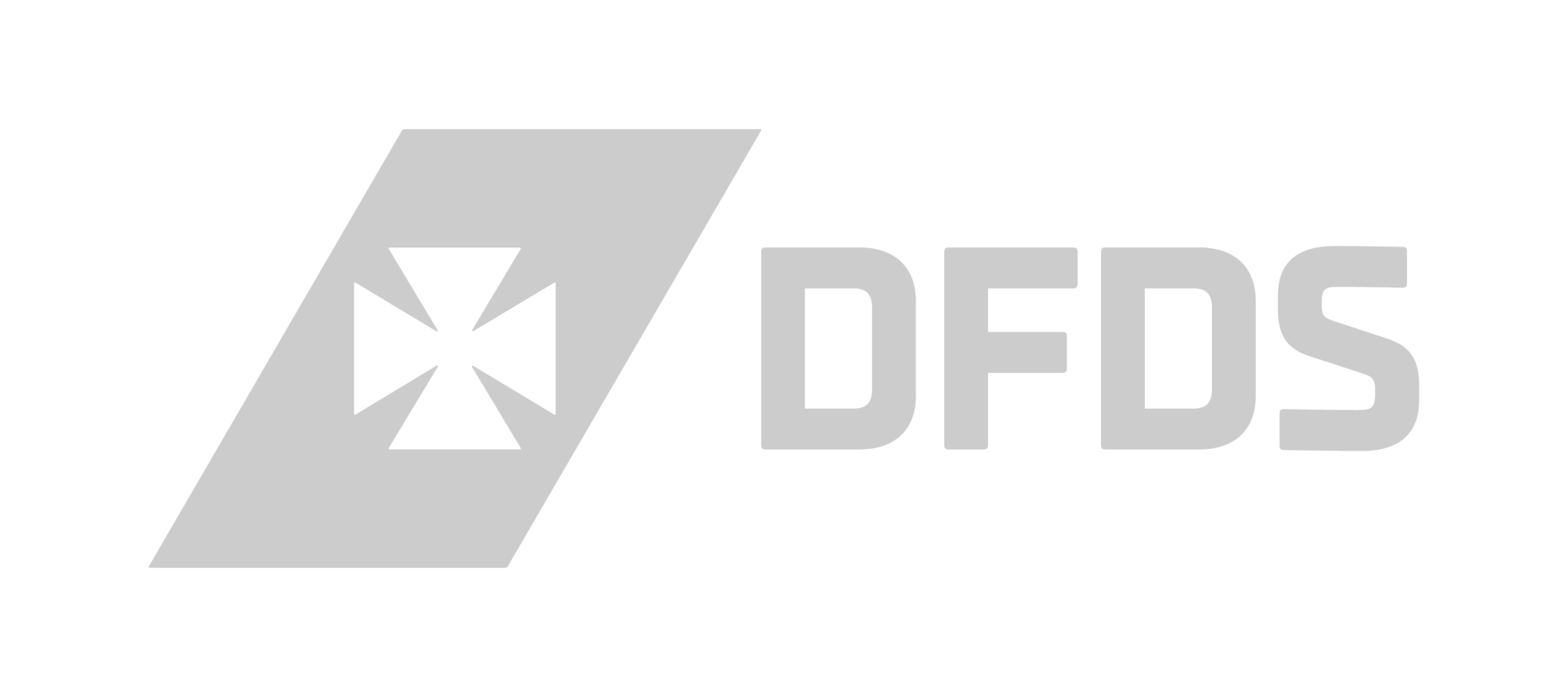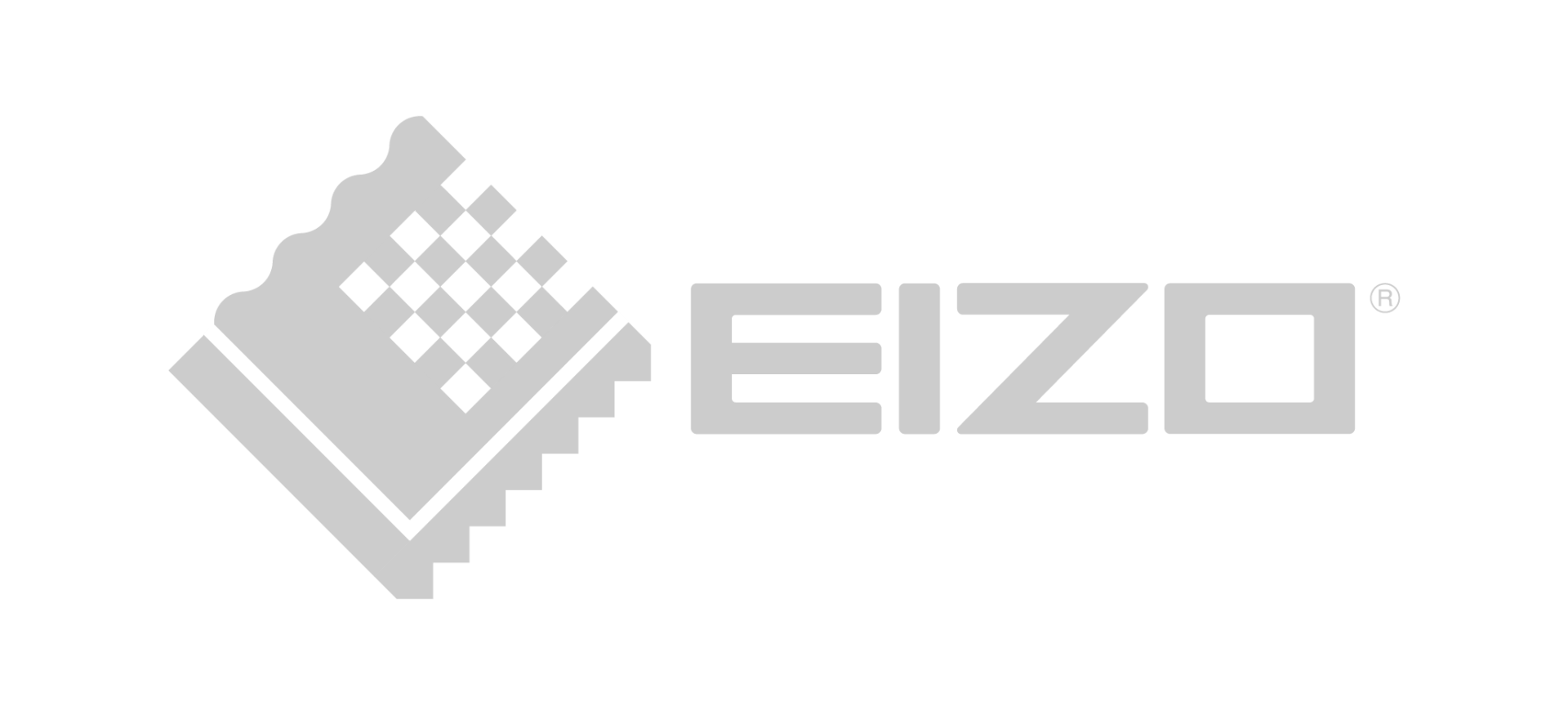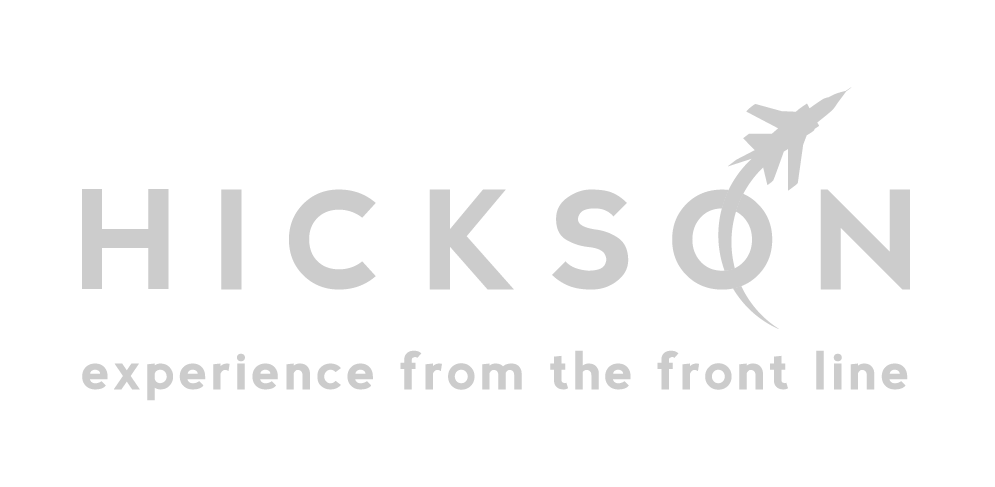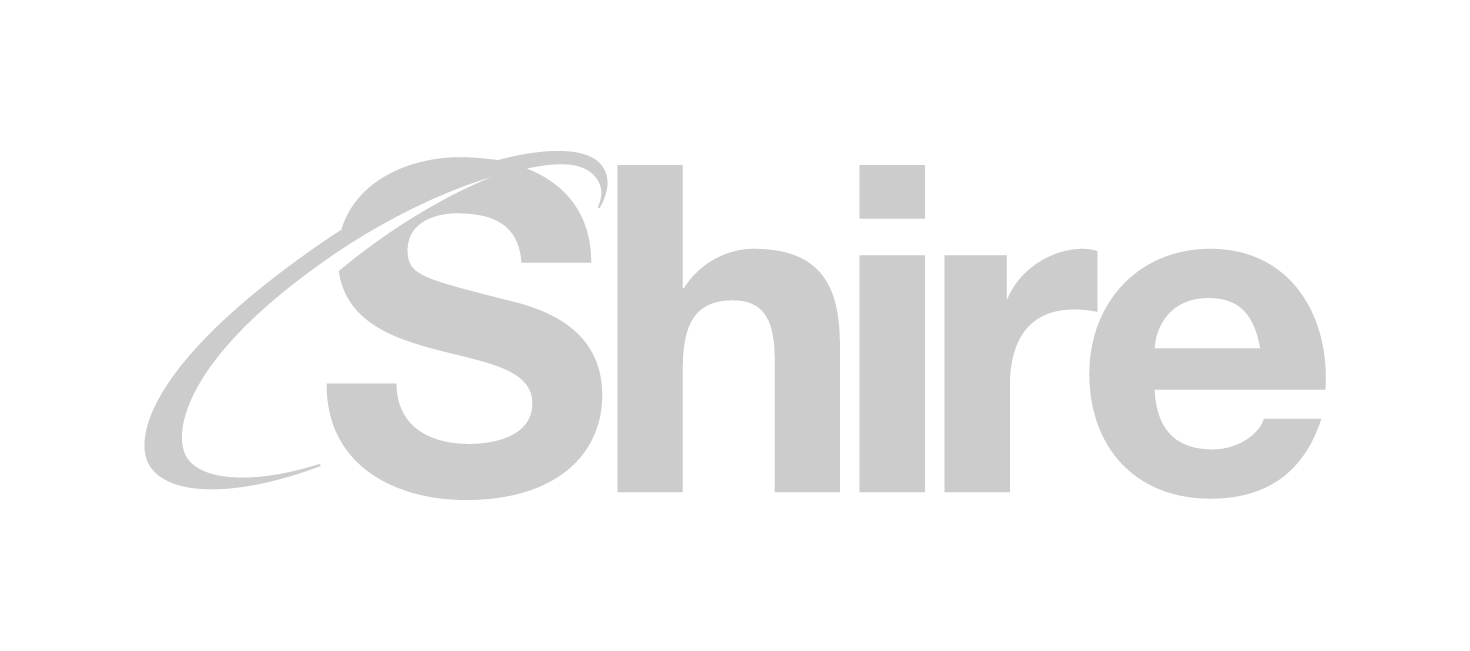Our conviction
Our conviction
We believe that good branding and communications work comes from real collaboration, hard work and a strong strategy.
Process*
We’ve built up our process
over 20 years but we’re honest
enough to accept that we’re still learning. It works best when we
find true collaboration - when both parties feel safe enough to say what they really think.
over 20 years but we’re honest
enough to accept that we’re still learning. It works best when we
find true collaboration - when both parties feel safe enough to say what they really think.
And it’s more flexible than it may appear. We’ll adjust to reflect the specific set of circumstances that
you are faced with.
you are faced with.
* Building brands with conviction.
Evaluation
Insight and customer analysis to pinpoint your target audience:
1. Plan
What is your business plan?
Where do you want to head?
What are your commercial targets? What does success look like for you and your brand?
What is your business plan?
Where do you want to head?
What are your commercial targets? What does success look like for you and your brand?
2. Targeting
What are your target markets? Which sectors do you serve? Where do you and your competitors sit on a market map?
What are your target markets? Which sectors do you serve? Where do you and your competitors sit on a market map?
3. Research
What do you know about your existing customers? What are their priorities and expectations? What do they think about you?
What do you know about your existing customers? What are their priorities and expectations? What do they think about you?
Evaluation Services
Customer insight
Demographics or Attitudes?
Market mapping
Competitor analysis
Differentiation
Find out what really makes your business or brand special:
4. Conviction
What do you believe in? And what are you doing about it? Is it compelling enough to encourage your customers and prospects to act?
5. Personality
What is your brand personality? If your brand was human, how would it behave and communicate to customers?
6. Positioning
What is your proposition? In a busy world, how do you stand out? What really sets you apart from your competition?
Differentiation Services
Brand Positioning
Brand Personality - Archetypes
Brand Conviction and Action
Finding an authentic brand voice
Expression
Bring the brand to life with award
winning creativity:
7. Messaging
How do we articulate your brand to make it stand out? What are the authentic messages that will strike a chord? What’s your tone of voice?
8. Identity
Does your brand work to highlight your differentiation? Should we refresh or update the identity to help highlight the messaging?
9. Guidelines
Create a brand design system to present the identity, strapline, values, personality, tone of voice and ownable assets / graphic style. Build a Guidelines document.
Expression Services
Brand Messaging
Brand Identity
Brand Design Systems
Brand Guidelines
Activation
Deliver a compelling story to grow
your business:
your business:
10. Connecting
How and where do customers interact with your brand? Review current customer-facing materials and revise them to make an emotional connection.
11. Internal
Do internal stakeholders understand the brand? Tell them the story and unite them behind a common goal.
12. Demand
How will we inspire demand for your brand? Create campaigns that interact with customers in a language they identify with and understand.
Activation Services
Brand Communications
Product Launches
Internal Marketing
Advertising Campaigns
Lead Generation & The Sales Cycle
Archetypes in Branding
Find your brand's personality by using the work of Freud & Jung.
What are archetypes?
Rooted in our collective unconscious, the concept of an archetype shaping a personality was advanced by C.G. Jung - one of the most influential psychiatrists of the 20th Century. Archetypes represent a pattern of ideas and way of thinking that is consistent across time, generations and cultures.
A proven method
The use of archetypes is a proven method for revealing truly unique brand characters. An archetypal approach is a key source of differentiation in a competitive landscape.
They provide a springboard for brand development, instil humanity, and form a basis for creating a common language.
A 2000 study by Y&R and Stern Stewart showed that the strength of a brand identity's archetypal association positively influenced the company's real asset valuation by 66%. Archetypes help uncover and bring your story to life in a way that creates magnetic attraction — the illusive piece that builds lasting value.
An organisation, while not actually a person, has a distinct character that is embodied in your brand and culture. Sometimes this character can be hard to recognise and bring to life. This is where archetypes can be used, with powerful effect. Applying an archetypal approach helps to set the stage for the kinds of experiences and relationships you have with your customers.
Emotions guide our decisions
Archetypes help us understand what motivates an individual, and they work in a similar way for a brand. When revealed, and made intentional, these universal patterns of behavior can help individuals and companies stay true to their mission and brand promise. Functioning as a sort of compass, this creates loyalty with all stakeholders, including buyers, suppliers, shareholders, and employees.
Why archetypes work
Archetypes “work” because they create instant emotional impact which triggers instant affinity. They increase trust because they are grounded in a consistent and enduring expression of meaning. They activate a powerful experience of resonance and attraction.
For more information, just drop us a line.
Don't just take our word for it...
“Using ‘Archetypes in Branding’ enabled us to define a personality that made sense to all of our senior team, and having a methodology behind the rebrand informed all the subsequent design decisions, ensuring buy-in across the business. Kernel Mustard's experience of rebranding companies large and small, gave us a lot of confidence, and this freed us to share ideas, push boundaries and have fun whilst doing it."
Mintec
“I had the pleasure of working with Kernel Mustard on re-branding my business. We were looking for much more than just a design agency. We needed an ongoing collaborative partnership with an agency who could offer constructive challenge to our own thinking, thereby ensuring our Brand is fully aligned with our purpose and values. The Kernel Mustard team have certainly met this need with their expert guidance and creativity.”
Bespoke Training & Development
"The guys at Kernel Mustard really understood the Luvdup brand from day one and were instrumental in creating all of the visual elements you see. They challenged us to create a distinctive brand, with conviction, and I really think we have achieved great standout. I would highly recommend their approach and creative skills to anyone looking to make their brand or business stand out in a competitive landscape."
Luvdup
Plans for your brand? Give us a call. We’re here to help!
Plans for your brand? Give us a call. We’re here to help!
A conversation is always free. Whether you're a startup or something bigger, we're always happy to have chat over coffee and a bun.

